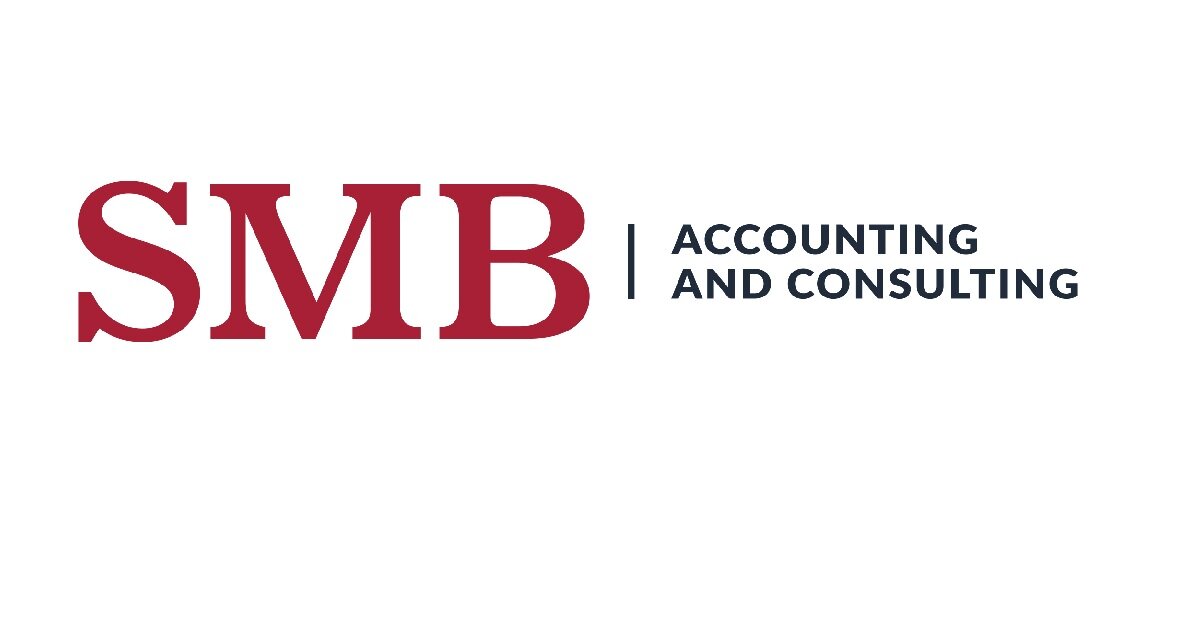Fraud and Internal Controls in Small Business
Each year the Association of Certified Fraud Examiners puts out a report that identifies trends and key findings related to fraud over the past year. Some of the highlights seem unreal as you look at them for the first time. Here’s some of the findings from the “Occupational Fraud 2022: A Report to the Nations.”
Organizations with the FEWEST employees had the highest median loss of $150k showcasing that small businesses are the hardest hit and need to be concerned with the potential for fraud. Nearly half of the fraud cases occurred due to the lack of internal controls and the override of existing controls. 42% of all frauds were detected by tips; half of those came from employees. Organizations with hotlines detect fraud more quickly and have lower losses. Employees are not the only fraud concerns as owners/executives committed 23% of occupational frauds and cost the most money.
It’s estimated that 5% of revenue is lost to fraud each year and a typical fraud scheme creates a loss of $8,300 PER MONTH and lasts approximately 12 months. Over 2 thousand cases were reviewed that totaled more than $3.6 BILLION in fraud.
Small businesses have the highest rate of fraud, not surprisingly due to a lack of internal controls. The fraudster’s tenure with the company strongly correlates to the size of the fraud. Perpetrators that had been with the company for 10+ years caused a median loss of $250k, significantly higher than the median overall. Small businesses lend themselves to a family environment where people are trusted because they’ve worked with the company for many years. Long-tenured employees are more likely to collude with others. It’s up to the executives and owners to determine what level of risk versus risk mitigation they’re willing to take. Here are some common red flags to watch for.
● Living beyond their means
● Unusually close association with vendor/customer
● Control issues, unwillingness to share duties
● Bullying or intimidation
● Irritability, suspiciousness, or defensiveness
● Recent divorce or family problems
Organizations decline to pursue criminal charges for a variety of reasons. Sometimes that reason correlates directly with why the fraud was allowed to happen in the first place; lack of internal controls. If documentation isn’t typically kept for normal, authorized transactions, finding documentation of a fraudulent transaction can be difficult as well. With no approvals or review requirements someone had free reign to make decisions. Other reasons that criminal charges may not be pursued:
● They found internal discipline sufficient
● Fear of bad publicity
● Private settlement
● Too costly
● Civil suit
As the pandemic has harshly reminded us, small businesses are the first and most directly affected businesses during any time of crisis. They typically have lower profit margins and lower savings. Small businesses typically run at a deficit for their first 3-4 years according to LinkedIn. An average of 5% lost to fraud could sink a company. Conversely, 5% additional profits could save the company, allow for additional job creation, or invest further in the growth of the company. Fraud can affect your business in several ways.
● Lost cashflow
● Unnecessary costs (rework) or reduced revenue
● Quality issues including negative impact on reputation
● Consequences imposed by regulatory bodies (fines or penalties)
● Lost business
● Misrepresentation of performance, inaccurate financial statements, or adverse impact oninvestors’ and analysts’ opinions if ineffective controls are disclosed
Creating internal controls for small businesses is a careful balance. Limited staff and funding require a benefit for the cost of the controls and the potential loss. There are just a few small things that can be done to show everyone in the company that things are checked on regularly. This can act as a significant deterrent. Far too many small business owners find themselves in a bad place for trusting without verification.
https://legacy.acfe.com/report-to-the-nations/2022/
https://www.linkedin.com/pulse/how-soon-should-startup-profitable-amod-dandge/

